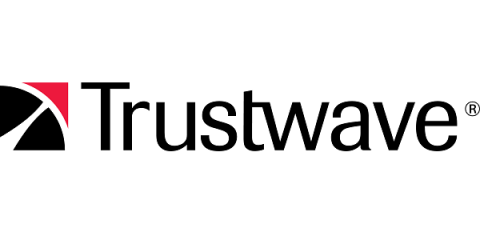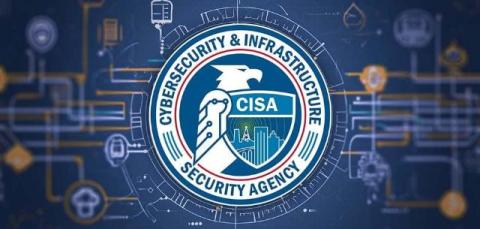5 Reasons Employees Hate Cybersecurity Training and 6 Tips to Turn Them Around
Cybersecurity is no longer solely an IT department’s concern; it's a company-wide responsibility. But with busy schedules and overflowing inboxes, getting employees to truly pay attention to cybersecurity training can feel like an uphill battle. Let’s start off with why too many staffers are apt to mentally tap out when taking an awareness course. Now, let’s look at how to design a cybersecurity awareness program that will keep employees engaged and informed.





